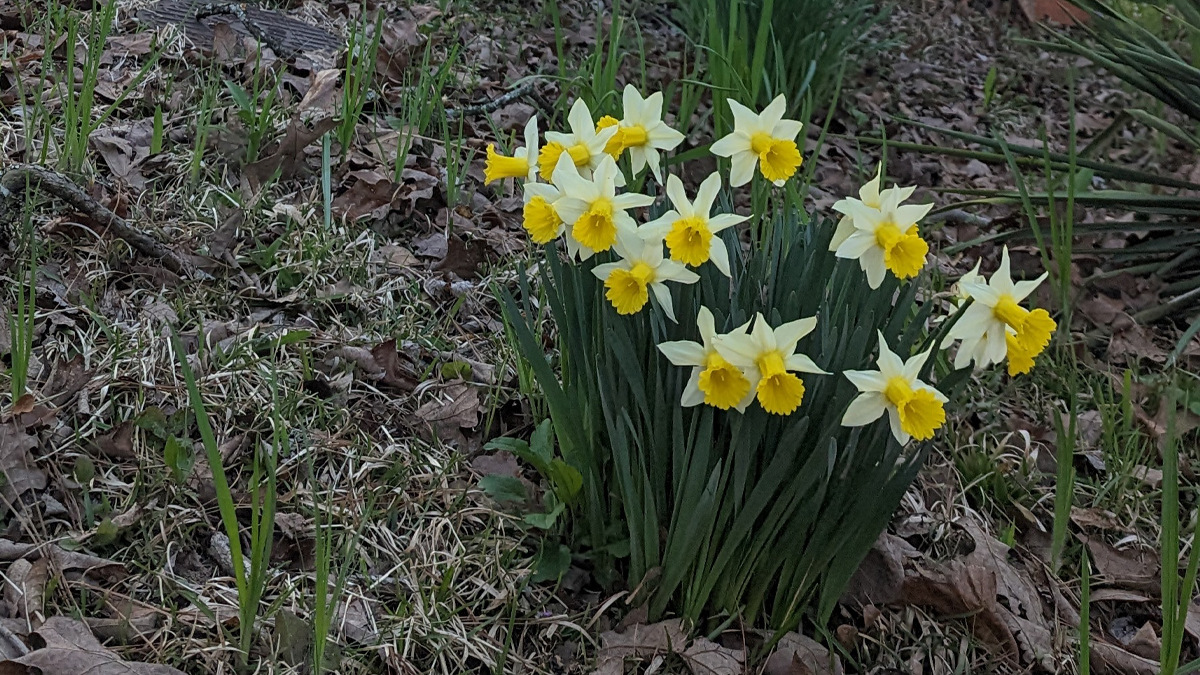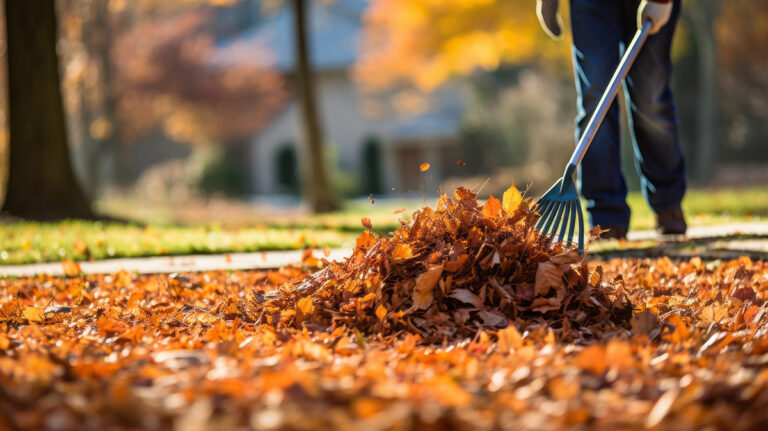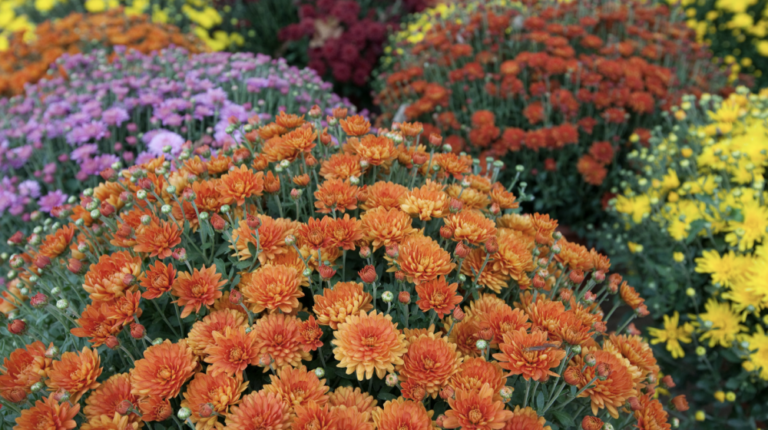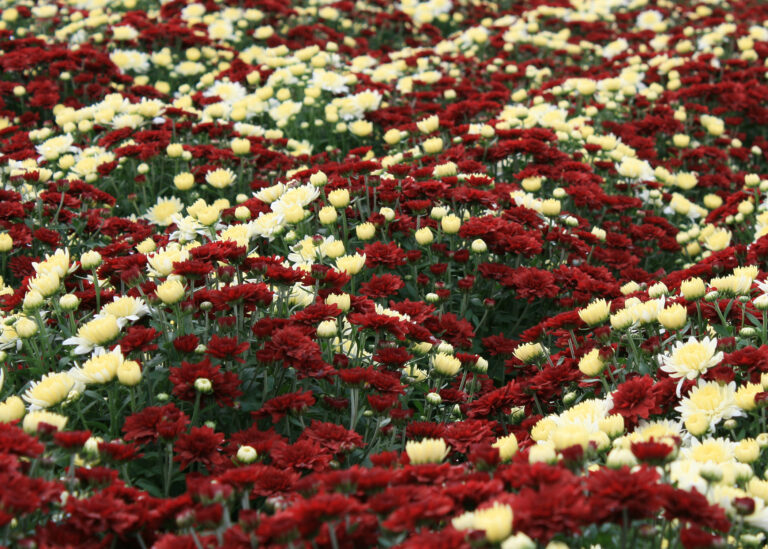
by Bronwynne Bailey, Lafayette County Master Gardener
For me, seeing those yellow daffodils in the landscape means spring is coming. The temperatures may still be cool, but the daffodils produce their showy heads to cheer us until warmer weather arrives. They are a low maintenance, reliable bloomer. These early-flowering plants support pollinators at a time of year when there are not many flowers. Unlike many bulbs, daffodils generally get stronger and more beautiful in the landscape with age. Plus, deer are unlikely to eat them!
If you want to add daffodils to your landscape, it’s time to start noticing the varieties you like. The range of colors for daffodils is amazing. Daffodils are placed in 13 different divisions or types. More information is on the American Daffodil Society website.
Just as the daffodil show is ending, is the time to begin preparing for next year’s show. Order your daffodil bulbs in April and May. Bulbs will begin arriving for fall planting in October and should be planted in Mississippi in late October or November. It is essential to wait until the weather has cooled to plant your bulbs. Planting too early may lead to basal rot, the most significant risk for daffodils in the south. Daffodils can be planted any time after the soil has cooled but waiting too long can lead to dehydrated bulbs.
Daffodils require well-drained soil. Avoid areas where standing water accumulates after a heavy rain. Hillsides are ideal locations for growing daffodils. Daffodils also prefer acidic soil If you are unsure of your soil pH, soil testing is available at the MSU Extension- Lafayette County at 70 F.D. Buddy East Pkwy. For directions on submitting a soil sample click here or search or publication P3856 on website http://extension.msstate.edu/publications/ or call 662-234-4451.
For optimal blooms a sunny location is essential. However, in the south, white, yellow and pink-cupped daffodils prefer full sun for the most vibrant colors, but red, orange, and late-blooming daffodils prefer shade from noon to sundown to prevent fading and sunburn.
Mulch is essential for daffodils to keep moisture and soil temperatures consistent. It also helps prevent muddy flowers after our spring rains. Pine straw is recommended as it promotes acidic soil and discourages fire ants.
Daffodils require water while growing. Water immediately after planting and keep moist until cooler temperatures arrive. Although the bulb will not be flowering until spring, hydration is required for root production and plant growth. If the winter is a dry one, supplemental watering with one inch of water per week may be required. This is especially true of double versions which require the most water.
Your daffodils will be happy and relatively maintenance free in your landscape for between three to five years. If blooming is weak or does not happen one season, you should move and divide your bulbs; overcrowding leads to fewer blooms and susceptibility to basal rot. Once foliage has faded, dig the bulbs wash thoroughly, and allow to dry for at least a week. Store clean bulbs in a cool location in onion netting or panty hose to provide air circulation.
A common question is when you can remove the spent foliage. The leaves may be unsightly, but removing them too early will significantly lower the number of blossoms the following year and weaken the bulb overall. Those leaves are gathering sunlight from the ever-lengthening days, and through the miracle of photosynthesis, converting light energy into sugars used to replenish and increase the size of the bulbs. To completely replenish the bulbs, the leaves must remain intact for at least six weeks. Some folks cut off half the leaves or even fold them in half and hold them in place with rubber bands in attempts to have more attractive foliage. I tend to be a purist regarding daffodil foliage and advise you to leave it alone for a time. As you stroll around your garden, gently tug on the foliage; if it readily comes loose, it’s time to remove it.
What you do need to do is deadhead your daffodils, or remove the spent flower heads. This is important for maximizing the stored sugars in the bulbs and avoiding energy being wasted on seed production. Knowing they have to leave the foliage in place for a time, many home owners are instead asking how to hide it. A technique I find very effective is to conceal the declining daffodil foliage behind other plants. Hosta provide wonderful camouflage and do not produce their leaves until daffodils are finished.





